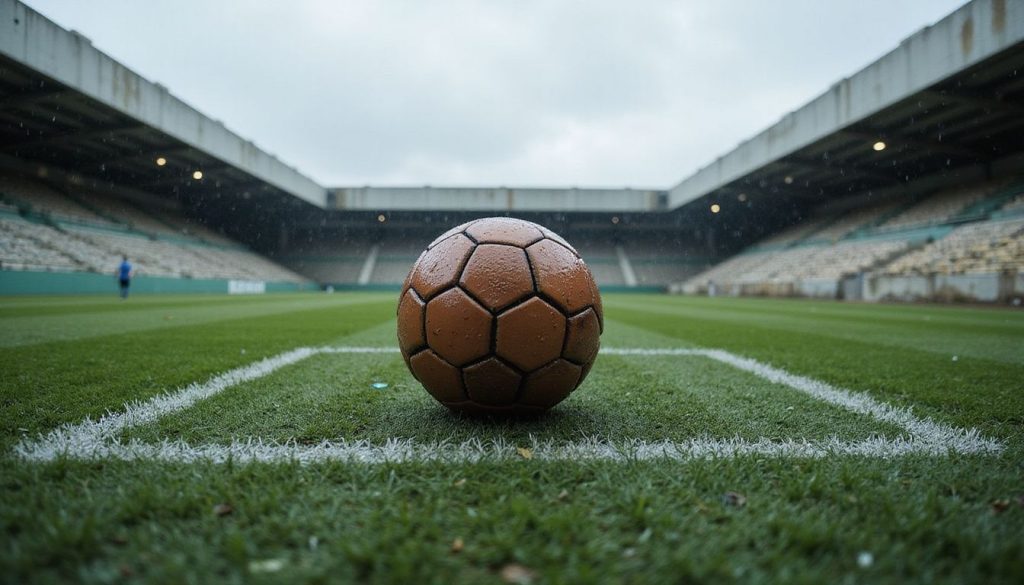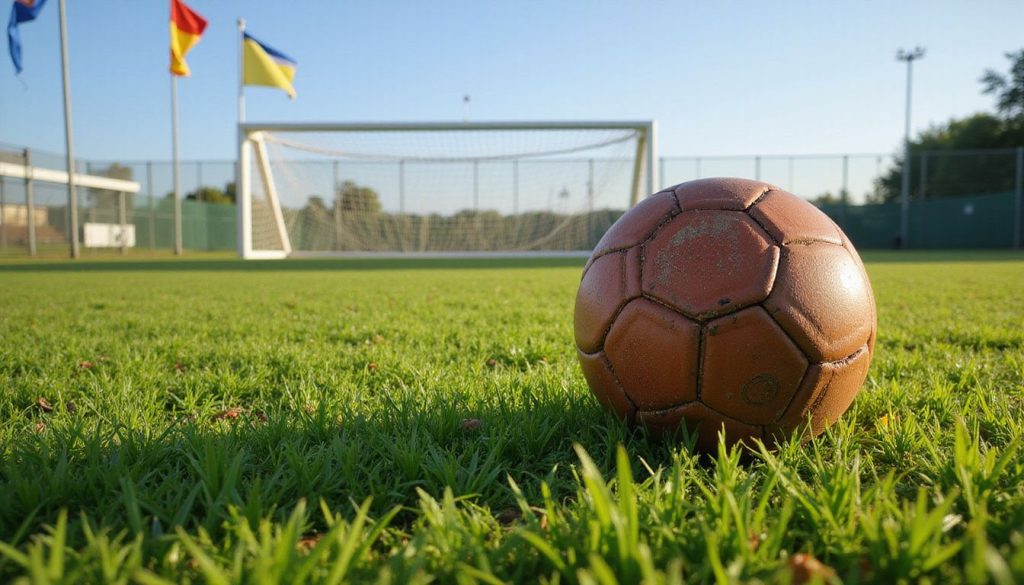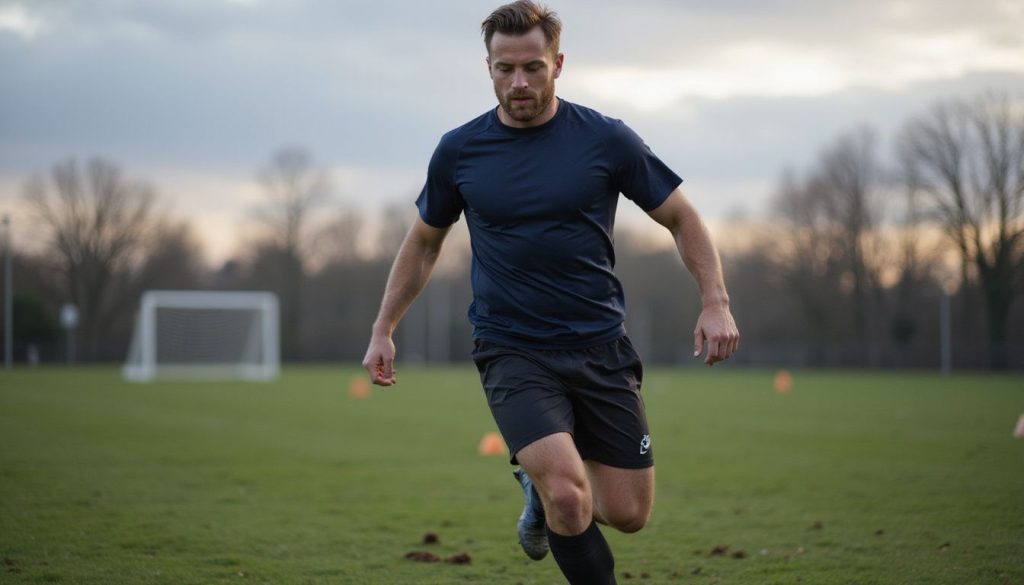Football Shin Guard Sizing Guide
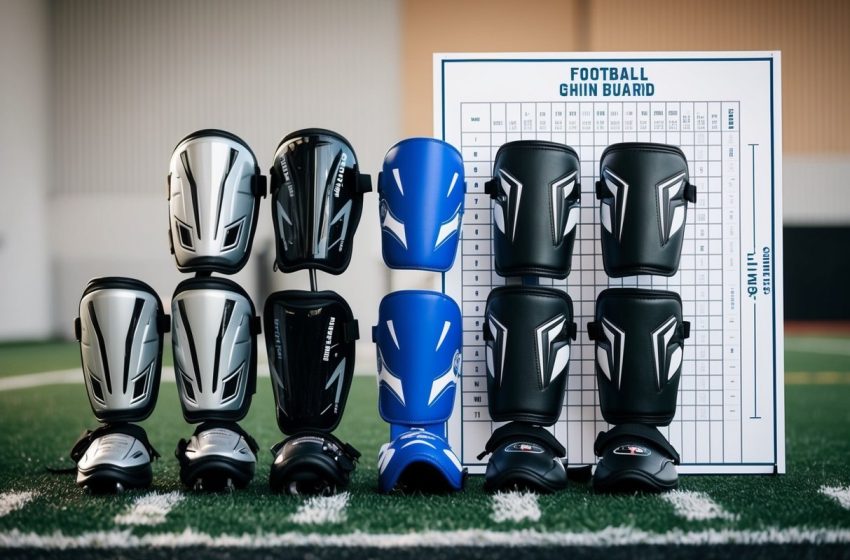
Football Shin Guard Sizing Guide: How to Find Your Perfect Fit
Finding the right size football shin guards matters for both comfort and safety on the field. To get the best fit, you should match your shin guard size to your height, as this helps protect your legs while making it easier to move. Ill-fitting shin guards can be distracting and may not provide the coverage you need.

When you know how to choose the correct size, you can play with more confidence and reduce your risk of injury. This guide will help you quickly understand what to look for and how to measure, so you can spend less time guessing and more time enjoying the game.
Understanding the Importance of Proper Shin Guard Sizing

Wearing the right shin guards protects your legs from serious injuries and helps you play your best. The size and fit of your shin guards play a big part in comfort, safety, and how well you can move on the field.
Role of Shin Guards in Football
Shin guards act as a shield against impacts, collisions, and kicks that are common during a football match. They cover your shinbone, which is one of the most vulnerable parts of your leg. With the right size, your shin guards will fit snugly, covering the area from just above your ankle to a couple of inches below your knee.
Good shin guards help you avoid cuts, bruises, and even bone fractures. When they fit well, you can focus on your performance instead of worrying about them shifting or feeling bulky. Many leagues and coaches require players to wear shin guards, so having the right size is not just a choice—it’s a rule in most games.
Risks of Incorrect Sizing
Wearing shin guards that are too small leaves parts of your shin exposed. This makes you more likely to get hurt if you get kicked or fall. On the other hand, shin guards that are too large can slip during play, making them less effective and uncomfortable.
If your shin guards don’t fit right, they can cause skin irritation or even distract you during the game. Ill-fitting guards may limit your movement, making it hard to run or change direction quickly. To avoid these problems, always check how your shin guards fit before playing. Choosing the correct size helps you stay safe and enjoy the game more.
How to Measure for Football Shin Guards

Finding the right shin guard size means measuring your legs correctly and avoiding mistakes that can lead to a bad fit. Proper measurements help keep your legs protected and comfortable on the field.
Essential Measuring Techniques
Use a soft tape measure to start. Stand up straight with your legs flat and relaxed. Measure from just above the top of your foot (around your ankle bone) up to about two inches below your knee. This shows the length your shin guard should cover.
Check your height. Most shin guard size charts use your height as a guide. Combine both your shin length and your height for the best results. Some brands also show shin guard sizes in inches or centimeters.
Try on shin guards if you can. Guards should start just above your ankle and finish below your knee without moving when you walk or run. They should not press into your skin or feel loose.
Quick Checklist:
- Use a soft tape measure
- Measure from ankle to below your knee
- Compare with a size chart
- Try on if possible
Common Measurement Errors
Many people rush and guess their size. Don’t round your height up or down too much. If your shin guards are too long, they may dig into your knee. Too short, and parts of your shin will be unprotected.
Another common error is measuring while sitting down or with your legs bent. Always measure when standing. Sitting makes your calf muscle bunch up and can change the length.
Avoid using a metal tape or a stiff ruler. These don’t follow the shape of your leg and can give the wrong number. Never skip the try-on step if you can help it, as body shapes and brands are different.
Check your measurements twice before ordering, especially for kids, who can grow quickly. Double-checking helps prevent mistakes and saves time.
Interpreting Football Shin Guard Size Charts
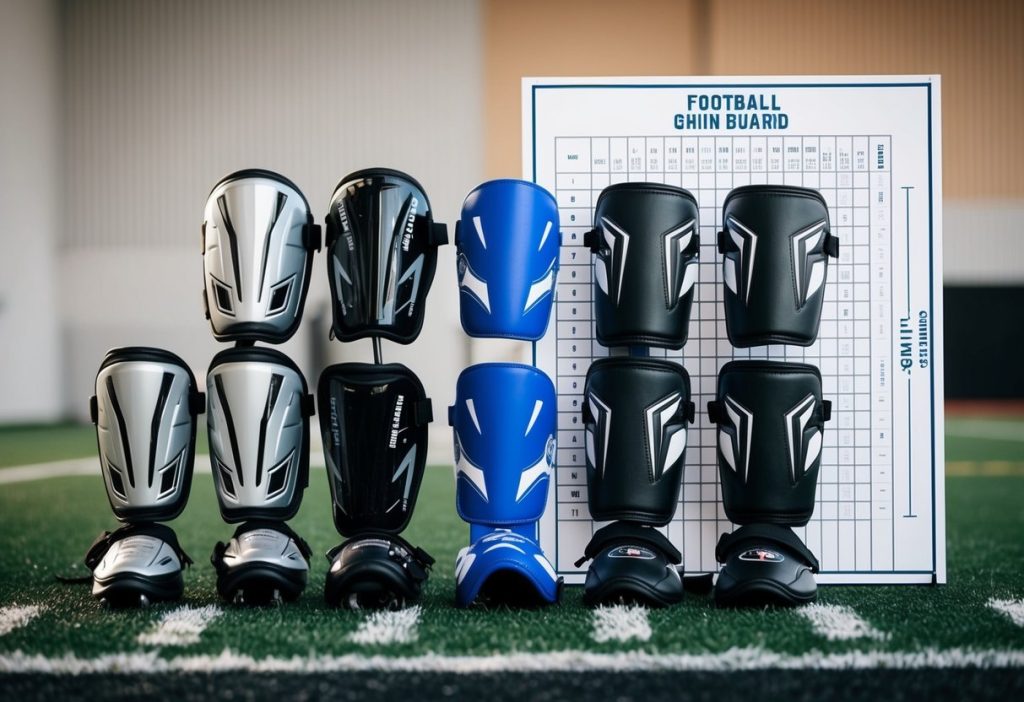
Getting the right size shin guard keeps you safe and comfortable while you play. Terms like “small,” “medium,” or “large” can be confusing, but size charts can help you find the right fit based on your unique needs.
Reading and Using Manufacturer Size Charts
Most brands, like Nike, adidas, and Mitre, provide their own shin guard size charts. These charts usually match your height to a recommended shin guard size.
For example, you may see a chart like this:
| Height (cm) | Shin Guard Size |
|---|---|
| 120–140 | Small (S) |
| 140–160 | Medium (M) |
| 160–180 | Large (L) |
| 180+ | Extra Large (XL) |
You should always use the chart from the brand you are buying, since sizing can differ slightly from one company to another. Measure your height while standing barefoot against a wall for best accuracy.
Place the shin guard on your leg to check fit. It should cover from just above your ankle bend to just below your knee. If a size feels tight or leaves areas unprotected, try the next size up or down.
Age and Height Considerations
Some size charts also use age as a rough guide, especially for kids’ shin guards. For example, children ages 6–8 may usually wear size S, while ages 9–12 may need a size M.
However, height is more reliable than age. Two players the same age may have very different leg lengths. That’s why the best starting point is always your height.
You may also see youth and adult sizing listed. Youth sizes are made for smaller legs and shins, while adult sizes are longer and wider. Always check the product details to be sure you are getting the category that best matches your needs.
If you are between sizes or still unsure, try on both options if you can. The best shin guard is one that fits comfortably, does not slide around, and gives you full coverage.
Factors Affecting Shin Guard Fit

Choosing the right shin guards depends on more than just your height. How your body is shaped and what you wear—like your socks or football dress—can also affect how your shin guards fit.
Body Type and Shape
Everyone’s legs are a little different. If you have longer shins or thicker calves, you may need shin guards that are shaped or sized to cover more area.
If you are taller or have longer legs, standard sizes might leave parts of your shin uncovered. For shorter players, big guards can be uncomfortable and slip during play.
Muscle and bone structure matter too. If your calves are wider, look for shin guards with a bit more width or flexible edges. For slim legs, a snug fit is best so the guards don’t slide around.
Always check that there is about 1-2 inches between your knee and the top of the guard, and that the bottom sits right above your ankle. This helps you move freely and keeps you protected.
Type of Football Socks and Dresses Worn
Your choice of socks or dress can change how well your shin guards stay in place. If you wear thick football socks, the shin guard will fit tighter. Thin or stretchy socks might make the guard feel loose.
Some football dresses have built-in sock sleeves or tight pant legs, which can help hold shin guards better. Double-check how your shin guards fit with your entire kit before playing.
A simple list can help you remember:
- Try shin guards with the same socks you use in matches.
- Make sure they don’t move when you run or kick.
- Adjust the straps or sleeve until the fit is snug but not uncomfortable.
This way, your shin guards will stay put and protect you during the game.
Selecting the Right Shin Guards for Your Needs
Getting the right shin guards helps you play better and stay safe on the field. The best fit depends on your role in the game and how the equipment feels when you move.
Player Position and Level
Your position affects the type of shin guards you need. Defenders often pick longer, sturdier guards with ankle protection to block tough kicks and tackles. If you play as a midfielder, you might want a balance between strong protection and easy movement.
Forwards usually choose lighter guards since they need to run fast and change direction quickly. Goalkeepers sometimes use the smallest guards because they have less risk of being kicked.
Your playing level matters too. Young or entry-level players often wear guards with extra padding and coverage for safety. If you play at a higher or more competitive level, you might prefer slim guards that let you react quicker, as protection rules may be stricter.
Comfort and Mobility
Shin guards should feel comfortable and not distract you while you play. The size must match your leg length. They should cover the area between the ankle and the knee, but not go too high or pinch your skin.
Choose between slip-in and ankle strap styles. Slip-in guards are lightweight and easy to move with, but require snug socks to keep them in place. Ankle strap guards have built-in padding and secure around your foot, offering more stability but feeling heavier.
Look for soft, moisture-wicking lining inside the guards. This helps prevent itching or discomfort during long matches. Check that the straps or sleeves are secure, but not so tight that they cut off circulation or leave marks on your skin.
Frequently Asked Questions
Shin guard sizing depends on height, the fit along your leg, and the specific needs of the player. A proper fit helps keep you safe and comfortable during football matches.
How do I determine the right size of shin guards for my child?
To find the best size, measure your child’s height. Most brands use height to decide shin guard size. Check the size chart from the shin guard brand for exact measurements.
Try the shin guards on if you can. They should cover from just above the ankle to a couple of inches below the knee.
Can you explain how shin guard sizes correlate to a player’s height?
Shin guards are built according to height ranges. Taller players need longer shin guards for enough coverage. For example, a child who is 4’6” will need a smaller shin guard than someone who is 5’6”.
Always use a size chart matched to height to pick the correct size. This gives your legs the best protection on the field.
What factors should I consider when choosing shin guards for youth players?
Think about height, leg shape, comfort, and the league’s rules. Youth shin guards should protect the shin without restricting movement. Some youth leagues require ankle protection too.
Your child should also feel comfortable running and kicking with the shin guards on. Make sure they are not too heavy or hard to move in.
Is there a difference between men’s and women’s shin guard sizing?
Most shin guard sizes are based on height, not gender. Both men and women can use the same size if they are the same height and leg shape.
Some brands do offer shin guards made to fit the average shape of men’s or women’s legs. Check if a particular model is gender-specific, but in many cases, the size guide is the same for everyone.
How do I measure my leg for a proper shin guard fit?
Stand straight and measure the distance from just above your ankle bone to about two inches below your knee cap. Use this length when looking at size charts.
Try on the shin guard to see if it fits that space without sliding or moving. It should not dig into your leg or leave big gaps.
What are the consequences of wearing shin guards that are too big or too small?
Shin guards that are too small may not protect your leg properly. This leaves you more open to injury.
If shin guards are too big, they can move around while you play. That makes them uncomfortable and less effective in shielding your shins during tackles and kicks.

